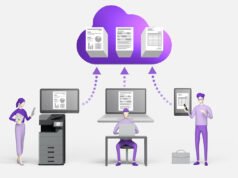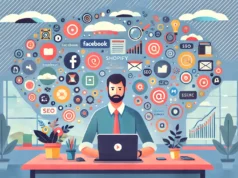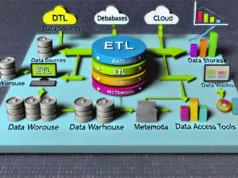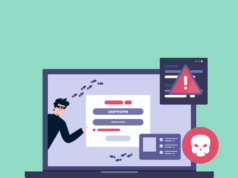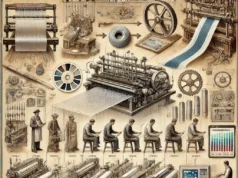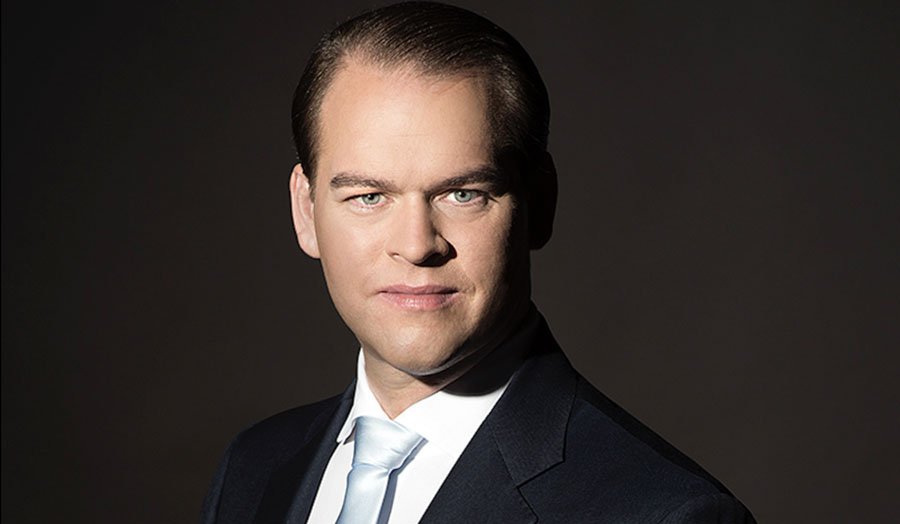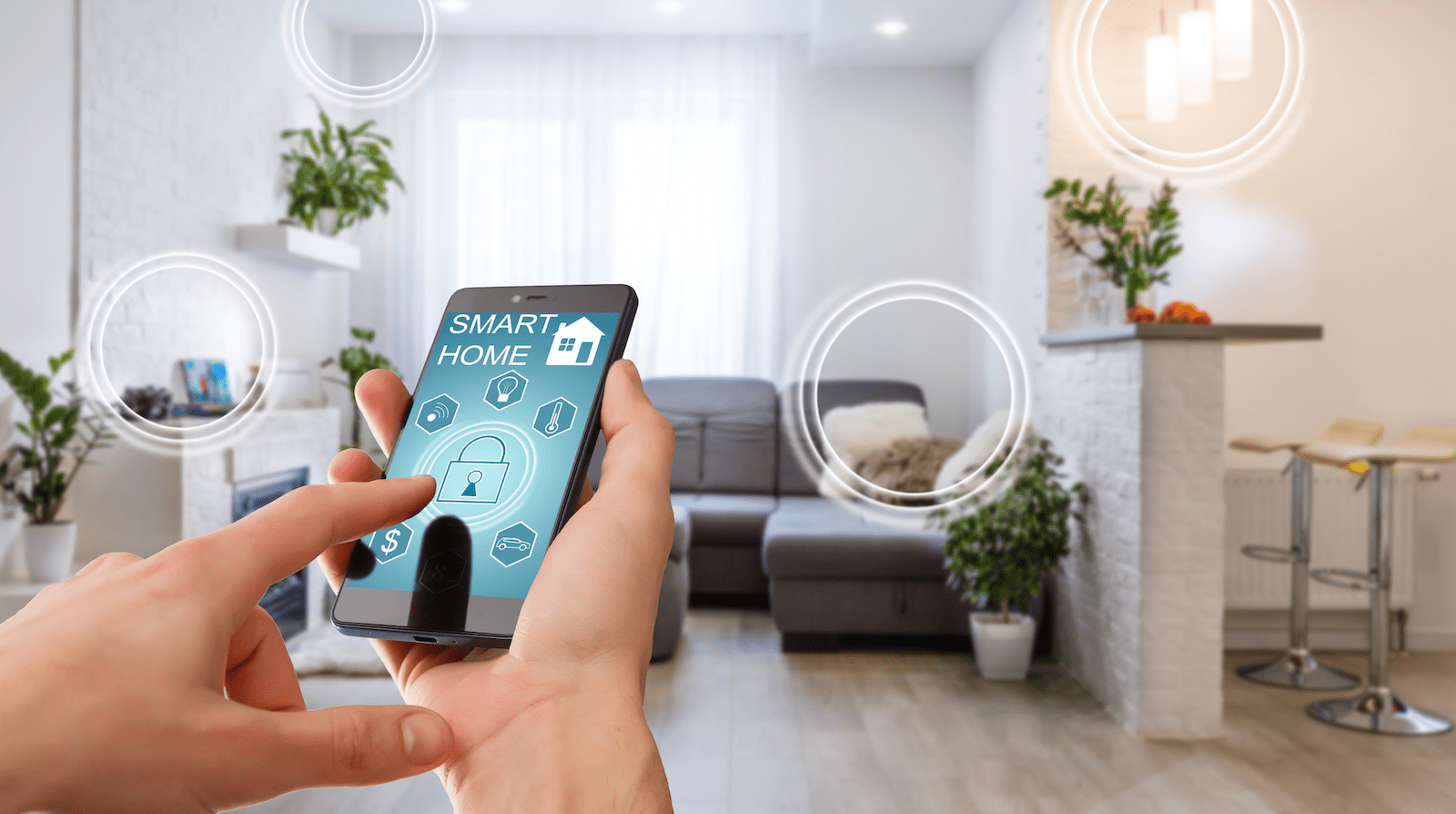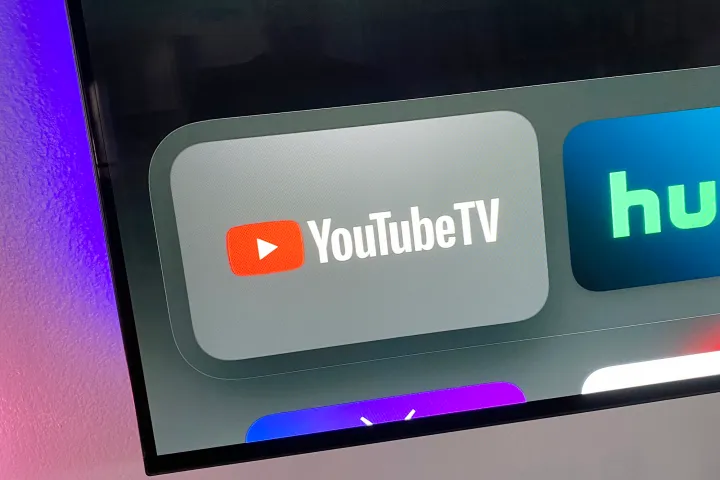In the era of digitalization, where the boundaries of possibility are rapidly expanding, the Internet of Things (IoT) is one of the key revolutionary technologies. This concept transforms ordinary objects into parts of a global network, enabling almost any object – from household appliances to industrial equipment – to be connected to the Internet.
The essence of IoT lies in creating complex systems where devices equipped with sensors and actuators communicate with each other and a controlling device (computer, tablet, or smartphone) via wireless networks and internet protocols.
Devices connected to IoT are used for automating processes in various areas, from homes to industries. This article about the practical application of the Internet of Things and the costs of ready-made solutions will be useful for those enterprises that consider implementing IoT in their business.
Practical Applications of IoT
As mentioned, the Internet of Things is encountered in different spheres of human life. Let’s now consider specific examples of IoT usage in various economic sectors.
Healthcare
In healthcare, IoT is used for monitoring patients’ health conditions and tracking medical equipment. Wearable devices and sensors allow real-time monitoring of vital signs, preventing potential complications and optimizing the treatment process.
Manufacturing
In manufacturing, IoT is utilized for machine monitoring and predictive maintenance. IoT systems analyze data from sensors in real-time, predicting possible breakdowns and equipment wear, thus enabling preventive maintenance before serious problems arise.
Retail
In retail, IoT tracks customer behavior and manages inventory. Smart shelves with weight sensors and RFID tags enable real-time monitoring of product availability and location, as well as analyzing customer preferences to optimize assortment and product placement.
Agriculture
In the agricultural sector, IoT is used for soil monitoring and crop growth. Sensors for humidity, temperature, and soil composition allow optimization of irrigation, fertilizer selection, and field treatment, thereby increasing crop yields and reducing costs.
Transportation
In the transportation industry, IoT is employed for vehicle monitoring and route optimization. GPS systems and vehicle condition sensors provide real-time data on location, speed, and technical condition, improving logistics and transportation safety.
Smart cities and homes
In urban infrastructure, IoT optimizes transportation systems, manages lighting, waste, and energy consumption. In smart homes, IoT devices automate climate control, lighting, security, and household processes, ensuring resource savings without sacrificing comfort.
Examples of IoT business models
Enterprises integrate the Internet of Things (IoT) into their own business models to generate additional revenue streams. A good IoT business model is one that supports a viable business for customers and provides value. The IoT business model you choose or create is only limited by your creativity and willingness to experiment. To better understand, let’s consider a few examples of IoT business models:
Platform business model: bringing together manufacturers and consumers, this model benefits both parties. Key to this is the functional compatibility and interrelation of devices and business to generate revenue from related transactions.
Amazon and its voice recognition platform Alexa are prime examples of this, as Amazon collects data through Alexa and then uses it to sell related products to consumers. Amazon delegates third-party vendors and developers to create and release services on the platform, increasing their revenue and market reach.
Pay-per-use model: active sensors on your IoT devices mean you can regularly monitor your customer base to gauge how often they use your product or service. This allows for a pay-per-use business model, where you charge them for the time they actively engage with your product.
Many auto insurance companies employ this model to offer customers mileage-based insurance plans. People don’t pay for the IoT device installed in their car that tracks their driving behavior and habits. Instead, they pay low rates based on the data generated by the device.
Rolls-Royce, for example, does this through its TotalCare program, where airlines pay a fixed dollar amount per hour of engine usage on their aircraft. Rolls-Royce retains ownership of the engines and actively services them using IoT sensors that transmit real-time telemetry to their monitoring sensors.
Determining the cost of IoT solutions
In the case of the Internet of Things, when too many components are involved, IoT cost can vary depending on your requirements and expectations. Additionally, there are other factors to consider. For example, will you develop your solution independently or bring in a development partner?
But even with outside assistance, there are options. You can expand your team and outsource some parts of the process. Or you can collaborate with an experienced software development company for comprehensive development.
When you work with someone who has done this work before, you minimize your own risks and accelerate your product’s entry into the market.
However, keep in mind that such approaches to collaboration come at different costs. Using the team extension model, you hire software developers and pay an hourly rate for each specialist. With end-to-end development, the cost is calculated for the entire application.
Euristiq, a consulting company providing software development services, offers an estimation of the total costs of a solution based on its features. And this approach has proven successful for many of their clients. So, if you lack IT expertise, the best way to find out the price of your IoT solution is to contact a software development company and request quotes. This way, you’ll efficiently achieve your goal without damaging your budget.


